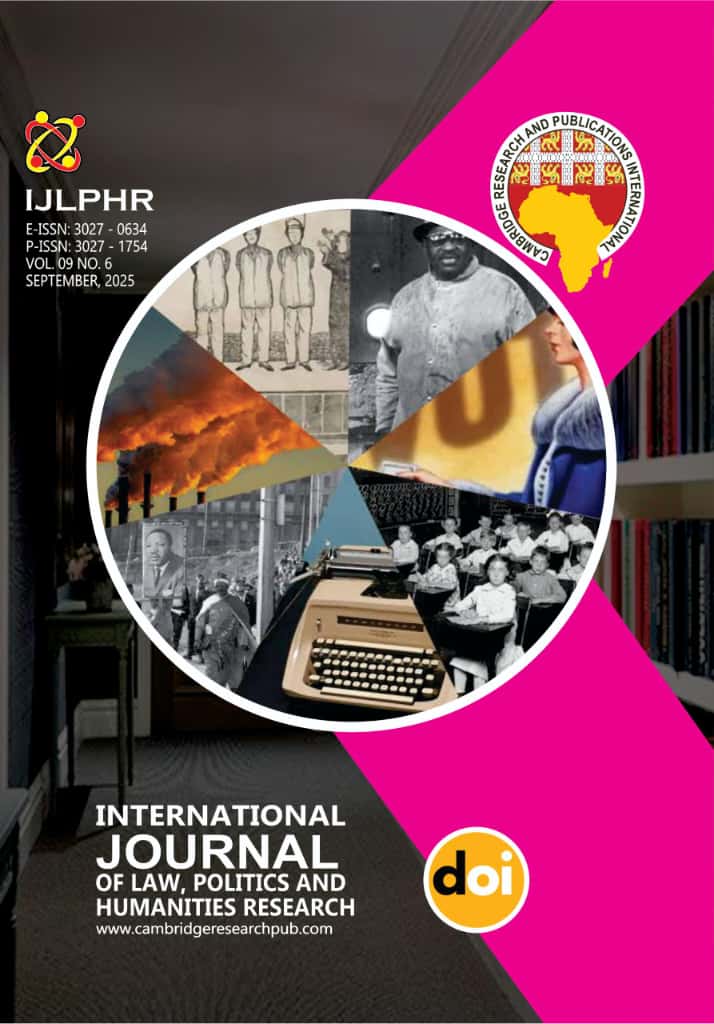FORENSIC STYLISTIC APPROACHES TO AUTHORSHIP ATTRIBUTION IN EXAMINATION MALPRACTICE A CASE STUDY OF BRILLIANT ACADEMY SCHOOL
Main Article Content
Abstract
Examination malpractice undermines academic integrity in Nigeria, with impersonation being one of the most difficult forms to detect. This study investigates a case of suspected impersonation at Brilliant Academy School through forensic stylistics. One questioned examination script (QW) was compared with seven known writings (KW1–KW7) using McMenamin’s (2002) framework. Stylistic variables examined included text formatting, punctuation, spelling, capitalization, syntax, discourse organization, lexical choices, and patterns of errors and corrections. Both qualitative and quantitative methods were employed, with statistical tests such as chi-square and t-tests used to verify the significance of similarities. The analysis revealed overwhelming stylistic congruence between QW and KW3 across multiple variables, including identical text structure, spelling tendencies, and correction patterns. Statistical results confirmed that these similarities were highly unlikely to have occurred by chance, while all other suspects were excluded due to dissimilarities. The study concludes that forensic stylistics provides reliable linguistic evidence for resolving authorship disputes in educational contexts and recommends its integration into institutional frameworks for combating examination malpractice.
Downloads
Article Details
Issue
Section

This work is licensed under a Creative Commons Attribution 4.0 International License.




